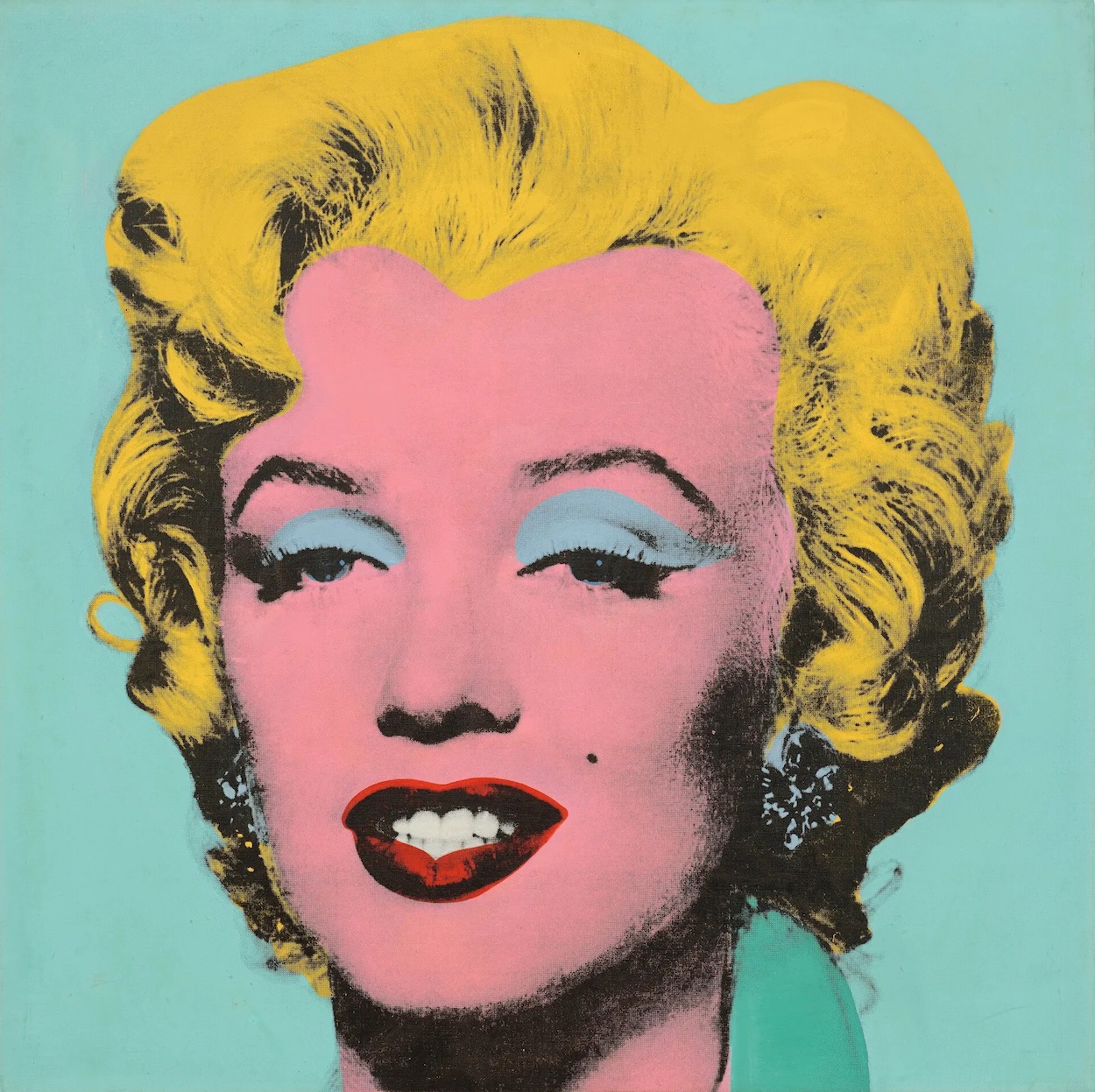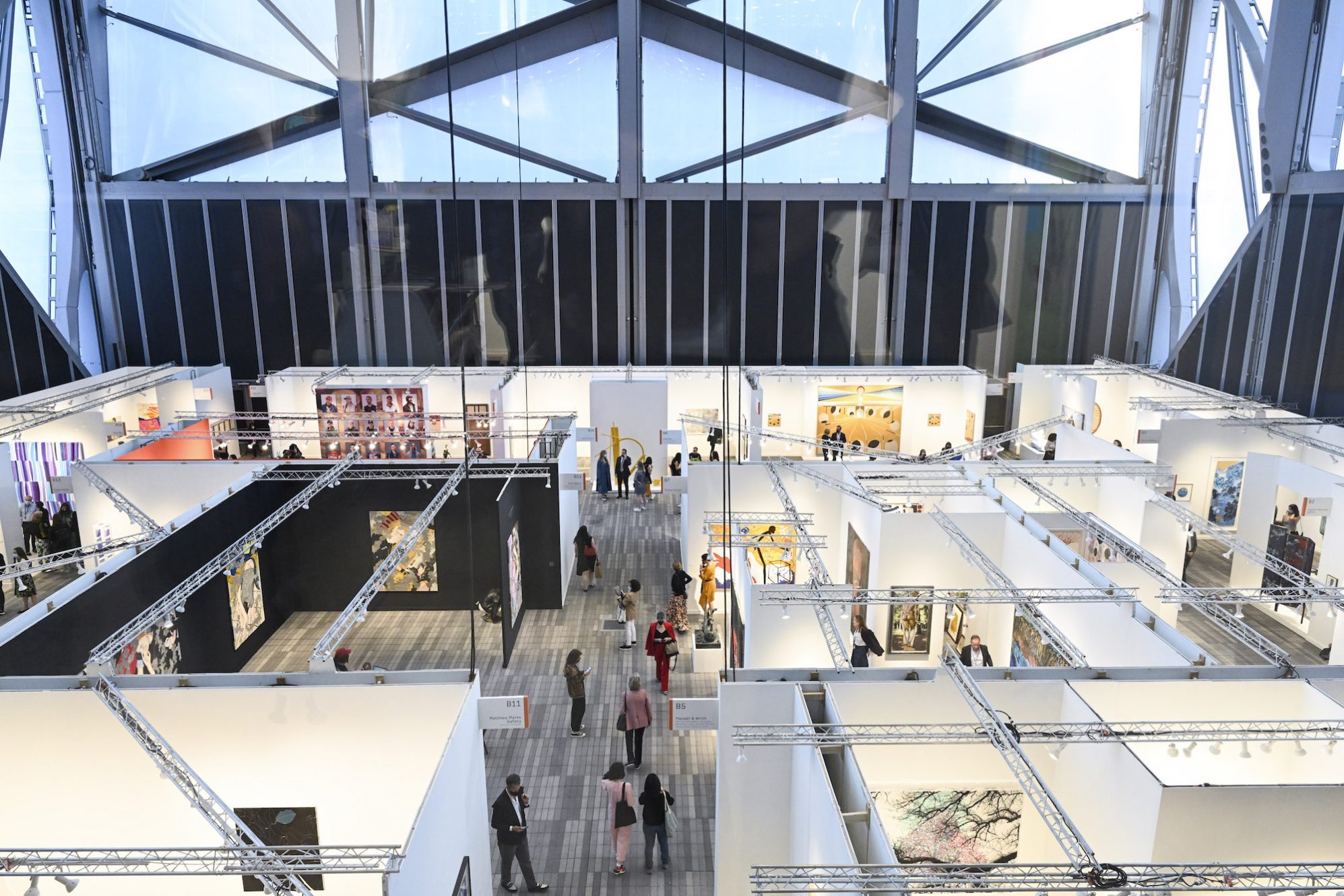With a spate of high-value auctions netting Sotheby’s, Christie’s, and Phillips more than $2.5 billion so far in 2022, the art market is hot. In May alone, Christie’s auctioned a 1964 Andy Warhol portrait of Marilyn Monroe for $195 million—the highest auction price for a 20th-century work. The holdings from the bitter divorce between billionaire couple Harry and Linda Macklowe, a 65-piece collection comprising blue-chip names like Gerhard Richter, Mark Rothko, and Alberto Giacometti, recently garnered Sotheby’s a staggering $922 million to become the most valuable collection ever sold at auction.
These tentpole sales join a Phillips auction of a Jean-Michel Basquiat canvas for $95 million, a Pablo Picasso sale at Sotheby’s for $67.5 million, and two works by Mark Rothko that sold at Christie’s for $116.4 million. The market boom is venturing beyond fine art, too—the world’s largest blue diamond to ever be auctioned sold for $57.5 million at Sotheby’s and Mercedes just nabbed $142 million for a rare 1955 Mercedes-Benz SLR coupe, making it the most expensive vehicle sale in history.
What’s fueling the skyrocketing sales? Economic uncertainty, mostly. According to Bendor Grosvenor, an art historian and former dealer, the recent high sales volume demonstrates that wealthy buyers are viewing art as a “longer-term hedge as an asset” amid a turbulent financial market. Stocks plunged last week—the Dow lost 1,161 points on Wednesday, the steepest one-day drop since the onset of Covid-19—after major retailers reported disappointing first-quarter earnings, waving a red flag for the current economic outlook amid worries over inflation, high gas prices, supply chain woes, and the ongoing war in Ukraine.
“Either art is one of the few assets that seems to have a good immunological protection against recession, or inflation is much stronger than we think,” Loic Gouzer, a former Christie’s specialist, tells the New York Times. “The art market feels very close to the spare parts market—good works are hard to find and very expensive.”

